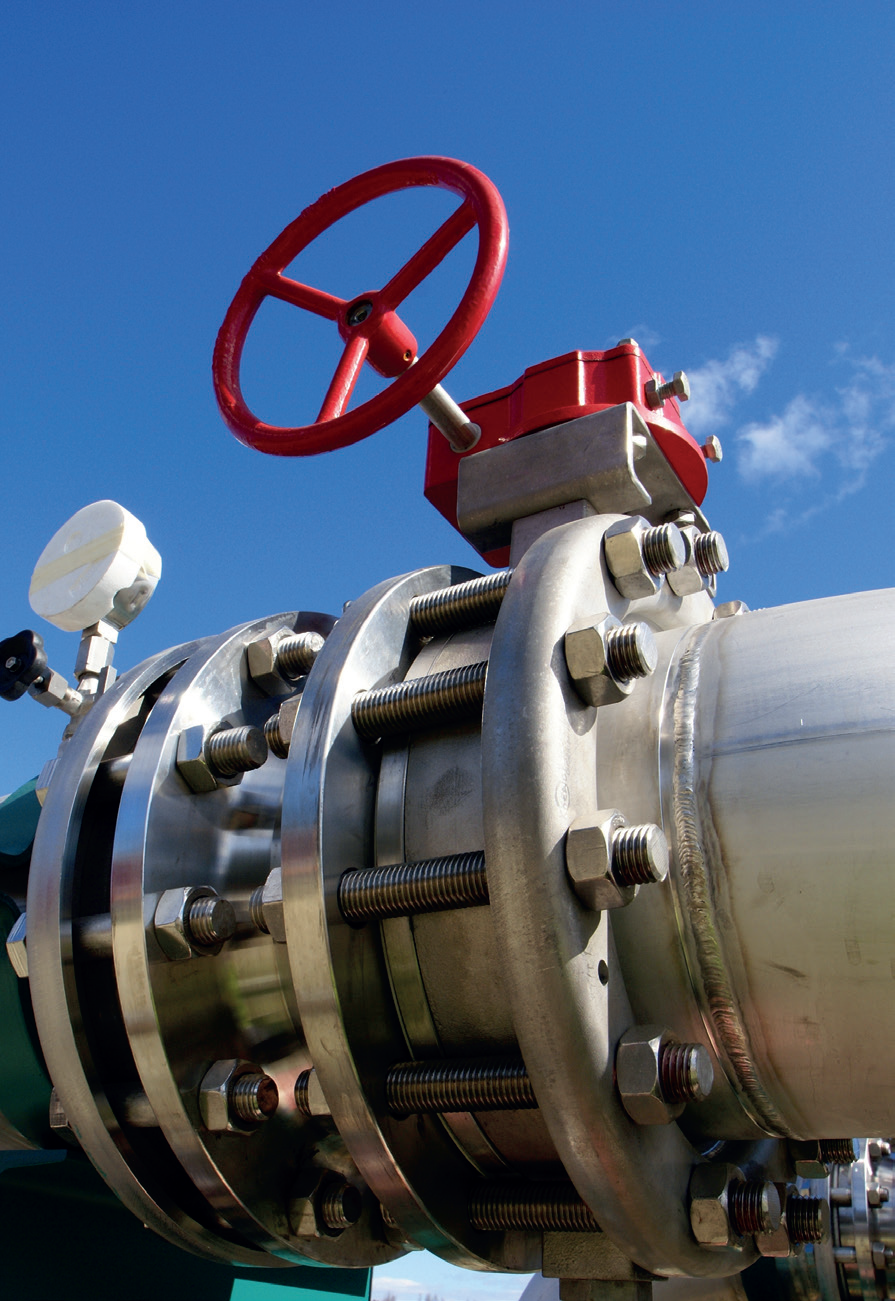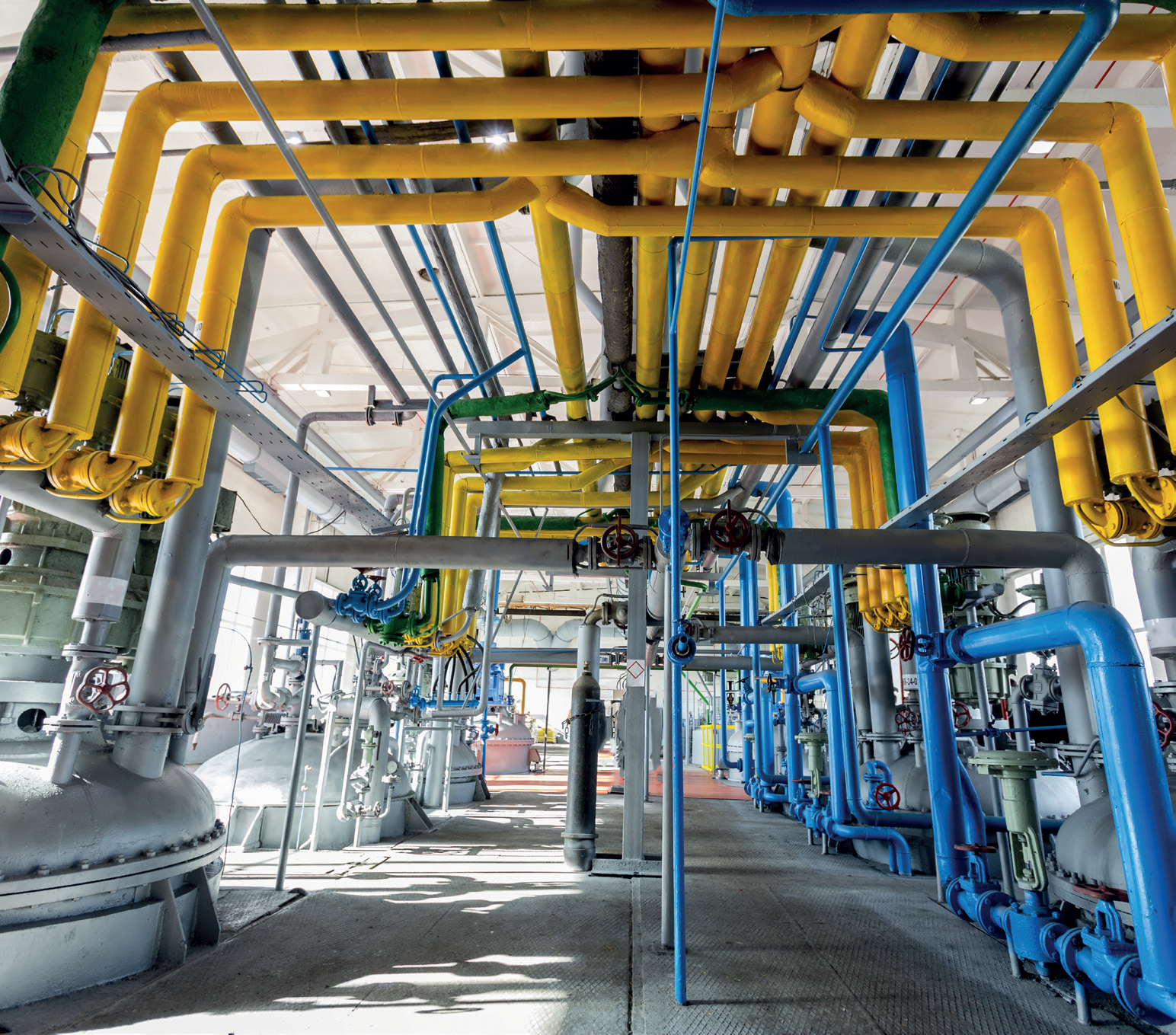In a refinery, reliability engineers are tasked with the important job of ensuring the continuing performance of assets within a facility. Monitoring those assets for maintenance and keeping failure to a minimum is crucial to success.
Fugitive Emissions Journal had the pleasure of speaking with Kenny Oladipo, Senior Reliability Engineer at Shell, about the importance of predictive maintenance, failure analysis, as well as the benefits of the standardization of work.
By Charlie Evans
Oladipo began his career in manufacturing at an aluminum rolling mill. After gaining some experience in the industry, he changed his focus to the upstream oil & gas industry. “I first entered into engineering when I realized how integral the mechanics of any operation are in every facet of life,” divulged Oladipo. “Every system’s operation relies on a series of intricate processes, making it an incredibly important and fascinating job.”
Here he spent some time supporting operations and performing asset analysis, before transitioning to downstream. With less rotation in the workforce and more stability in his day-to-day tasks, Oladipo chose to remain in the downstream sector as a reliability engineer supporting operations in oil & gas. Much of his role consists of monitoring and measuring progress when it comes to the reliability of equipment and operations. “I spend time studying data analytics, reliability metrics, key performance indicators, as well as conducting failure analysis,” said Oladipo.

Failure Analysis and Predictive Maintenance
Failure analysis is a crucial aspect of a reliability engineer’s job, deciphering the root cause of any issues within a system or unit. “We find the problem, isolate the failure, and then work to resolve it,” Oladipo explained. “We share the knowledge across the workstream with individuals in other areas, assign action items to each team, and they play their part in fixing the issue. This helps prevent problems from reoccurring.”
Once an issue is identified and assigned, Oladipo and his team monitor the progress of the implemented solution. “Failure analysis, and the discoveries made in that process, lead to the act of predictive maintenance. It is a form of preventive maintenance; however, it differs,” explained Oladipo. “Preventive maintenance is something routine – for example, getting the oil changed in a car. Rather than assessing the cause of a failure, predictive maintenance relies on predicting what could happen to an asset and takes steps to stop any problems from occurring in advance.”
Indications of Failure
Determining the lifecycle of an asset is one of the main indicators involved in predicting failure. One method used to determine this is FMEA, or Failure Modes and Effect Analysis. FMEA is used to evaluate how, where, and why a process or asset might fail based on the criticality of the component.
“When working with new equipment or old equipment, it is important to be aware of all the potential ways it may fail,” explained Oladipo. “That way, you can prepare for how much it may cost to fix, and how long it will take to return to service. Once the cost of failure is determined, the criticality of the asset can be assigned.”
Questions focused on how a failing asset will impact the overall operation are used to determine an asset’s criticality. If the part goes down, will it take the operation down with it? Or can it be separated, isolated and allow us to continue the job? Once criticality is determined, FMEA directs operators on how stringently an asset should be monitored and suggests when potential failures may occur.
In the event of a failure, resources are allocated depending on the criticality of the issue. “Maintenance personnel report the failure event, and a work order is issued,” said Oladipo. “The failure event is given a ranking, based on four factors: people, environment, community, and assets. This number labels the criticality of the situation. Sometimes a fix may not be readily available and could take longer than anticipated due to external issues such as the supply chain.”
When an asset is determined as critical, it is given a risk priority number (RPN). This looks at the occurrence, severity, and detection of potential failure. The higher the likelihood of failure, the higher the number. In this case, items are ranked between one and ten per category and multiplied. The highest RPN combination is 1,000. To assess the criticality of an asset, occurrence and severity metric is used. Items are ranked between one and six, with 36 as the highest combination. The higher the combination value the higher the criticality of the asset.
“For items that are repairable, we use the mean time between failure (MTBF) and mean time to repair (MTTR) to calculate the time it takes for failure to occur and the time it takes to repair, in order to be prepared for how quickly it can be fixed, as well as how quickly it may fail,” explained Oladipo.

Managing Potential Valve Failure
Each asset in a refinery varies in terms of the likelihood of failure; depending on the application some are more likely to fail than others.
“Valves very rarely fail,” said Oladipo, “however when they do, it can be very significant. If the valve is not looked after well enough, or if there is no preventive maintenance put in place to protect the asset from failure, issues will occur.” As failing valves may cause emission leaks, the Environmental Protection Agency, (EPA), and the state, are diligent with enforcing emissions standards and ensuring regulations are met.”
Valves fail quickly when reaching the end of their life, meaning predictive maintenance can be extremely useful in making sure the situation is handled as promptly and efficiently as possible. “Knowing when the valve may fail, for example by continually assessing its working conditions, provides our team with the time they need to prepare for replacement or repairment, depending on what is necessary in the process,” said Oladipo.
Safety comes into play when examining the criticality of an asset and its potential failure, as determining that there is no risk to the environment or to people is a high priority. “It is important to be very aware of the potential dangers that may come alongside failure, as we do not want to put anyone at risk,” he said.

“When working with new equipment or old equipment, it is important to be aware of all the potential ways it may fail.”
Safety in Standardization
One of the primary methods that Oladipo advocates will enhance safety is standardization.
“In an ideal world, every operator everywhere would follow the same set of steps to streamline work processes,” he explained. “This would make the overall procedure far simpler and allow for a faster solution, as it would minimize the potential for human error.” To accomplish this form of standardization, Oladipo has been assessing different systems and using them to determine the optimized set of standards, as well as beginning the thought process of how to transmit that into all fields in the industry.
“In my previous role at SLB, we started by going to the field that had the fewest failures and seeing how things were run. We then ran analyses and inspections on all aspects of the process and came up with a design,” continued Oladipo. “This produced a work checklist, first done on paper and now accessible on an app. The app contains timestamps, notifying the individual whenever a step is missed with the aim of ensuring that each process is standardized to reduce risk.”
Looking Forward
“The energy industry is critical to civilization,” said Oladipo when asked to comment on the outlook of his field. “We meet the energy demand that is powering our civilization and emissions are released into the atmosphere in the process, and that has a correlation to our survival. Therefore, emphasis is now on low carbon products and transition to renewable energy sources.”
Oladipo believes that the future of the industry will change for the better, as long as there are engineers willing to aid in the transition to what will likely be an even grander push for renewable resources. “Everyone is focused on the environment these days, and that is for the better. Continuing our industry down that path will be crucial to our existence and a thriving world,” he concluded.


